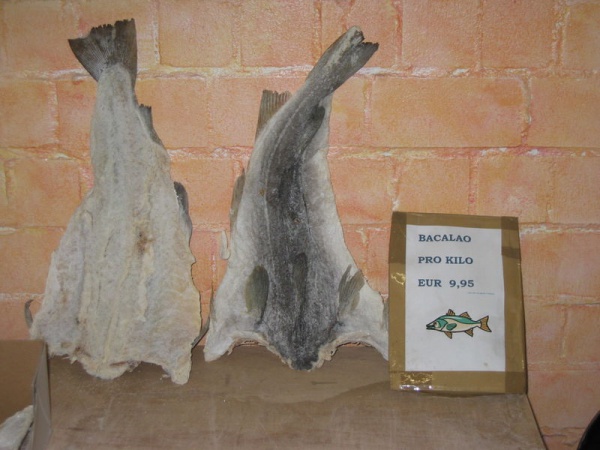Facts About Dried and salted cod
Dried and salted cod, often referred to as salt cod or saltfish, is a type of preserved fish that undergoes a drying process following salting. This preservation method has been a vital export from the North Atlantic region for centuries and remains a cherished ingredient in many cuisines around the Atlantic and Mediterranean.
For over 500 years, regions such as Newfoundland, Iceland, the Faroe Islands, and especially Norway—where it is known as "klippfisk"—have been producing salt cod. Traditionally, the cod was dried outdoors using the natural wind and sun. Today, modern production generally involves indoor drying with electric heaters.
Historically, salt cod played an essential role in international trade due to its long shelf life and ease of transport. Salting and drying not only preserved the fish but also enhanced its flavor. The practice of salting fish became more prevalent in the 17th century when salt became more affordable and accessible.
The preservation process begins with the fish being beheaded and eviscerated. It is then salted and dried, either outdoors or indoors. Although Atlantic cod was the original fish used, overfishing has led to the use of other whitefish as substitutes. There are different quality grades of salt cod, with the finest typically made from line-caught cod and dry salted.
Before consumption, salt cod must be rehydrated and desalinated by soaking it in cold water. It’s a versatile ingredient, prepared in various ways depending on the culinary tradition. For example, Portuguese cuisine boasts numerous salt cod dishes. In Greece, fried cod is often paired with skordalia, a garlic potato dip. It’s also a staple in European Christmas dishes and traditional meals in the West Indies and Mexico.
